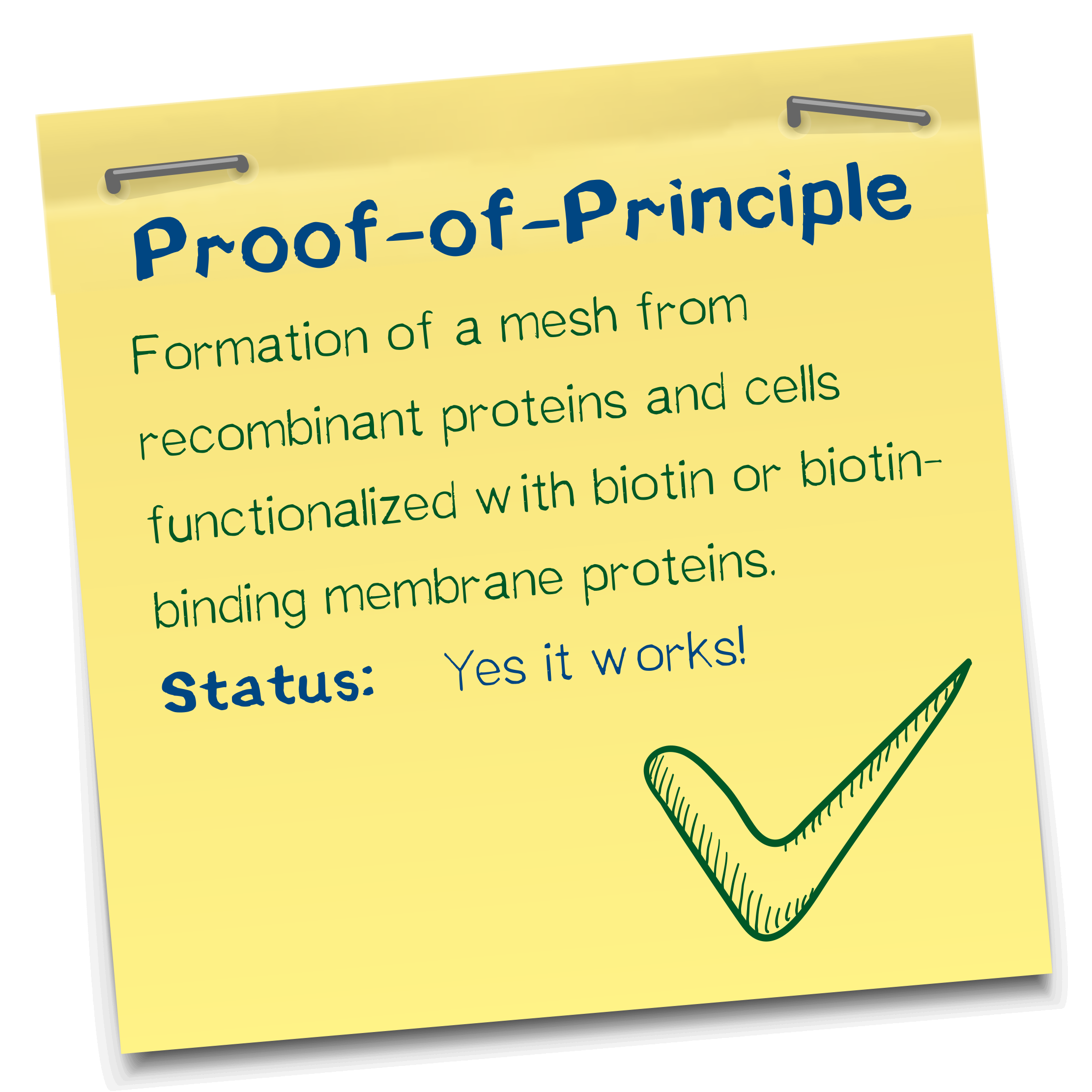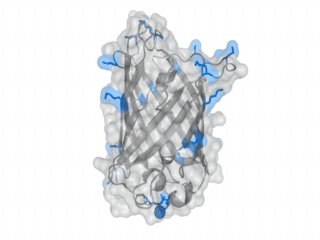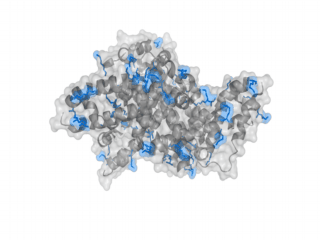Wichtiger Kommentar: Polymerization wird Proof-of-Principle page.
Introduction to polymerization
Design: Why we chose the Avidin & Biotin affinity pair
- Vergleich mit anderen Polymerisationsmöglichkeiten die wir diskutiert hatten
- Tabelle mit Literaturwerten zu Assoziationsraten
| Affinity pair | Kind of interaction | Dissociation constant | Association rate | Comment |
| Avidin - Biotin | non covalent | 10-15M [1] | 55 440 | |
| SpyCatcher - SpyTag | covalent | not applicable | ||
| StrepTactin - Strep-tag II |
Multivalency and avidity as major principles for polymerization
- Strukturmodeling
Different polymers possible with biotINK polymerization
Since the foundation of our polymerization reaction is the interaction of Streptavidin and its binding partner Biotin (Referenz) we used biotinylated polymers to convery the polymerization between the cells.
- Mesh-Bilder von Luisa
Results: Polymerization experiments
Creating the perfect "sausage"
In order to characterize our cells concerning their biotin binding capabilities by taking a look at their polymerization behaviour after adding them to a medium, which is rich of biotinylated protein linkers.
Since the expression of the two biotin binding receptor constructs was significantly higher than the expression of the biotin presenting one we mainly used one of the biotin binding constructs, the scAvidin version. The main idea behind the polymerization experiments was that we find the perfect conditions for them, concerning the right medium, concentration and biotinylation degree of the protein linker.
For the
In the Micromanipulator
References
- ↑ Green, N. M. (1963). Avidin. 1. The use of [14C] biotin for kinetic studies and for assay. Biochemical Journal, 89(3), 585.





